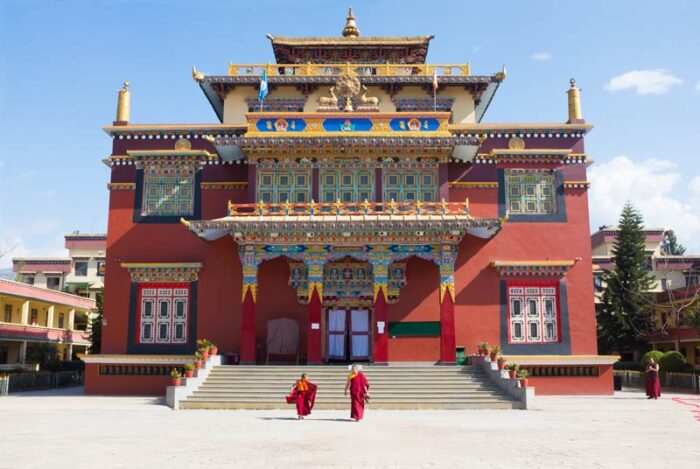How many pheasants and partridges do you think are shot in the UK every year? The number might surprise you.
Animal Aid says that every year, around sixty million pheasants and partridges are bred to be shot.
WildJustice says that 43 million pheasants and 9 million Red-legged partridges are raised and released to be shot.
The pheasant shooting season in Great Britain runs from the 1st October – 1st February, and the partridge shooting season runs from the 1st September – 1st February.
The pheasant shooting season in Northern Ireland runs from the 1st October – 31st January and the partridge shooting season runs from the 1st September – 31st January.
Let’s approximate and say there are equal numbers shot in Britain and Ireland. The numbers are probably not the same, but let’s split the difference and say the season overall runs from 15 September to 31 January – that’s 138 days.
Let’s say that all the birds raised are shot and that an equal number are shot each day during the season – so that’s 430,000 birds shot per day.
Is that number accurate? Let’s see approach it from another direction, starting with how many people shoot pheasants.
The Game Shooting Census and Shoot Owner Census is run by GunsOnPegs and Strutt & Parker. For their report in 2018 they surveyed 652 shoot across the UK. From that they extrapolated to the total number of shoots and arrived at 9,000 shoots and 1,724 birds shot per shoot. So they did it for us and it’s an easy calculation:
Fifteen-and-a-half million birds shot each year during the 138 days of the shooting season.
Isn’t that incredible? People paying to line up and have pheasants and partridges herded towards them, and then shooting them when the birds take the air. I mean, if you could hear all the shoots over the UK, the sound of guns must be almost continuous for 138 days.
Lead Shot
Moving on from the shooting, let’s look at the amount of lead shot that is used.
Let’s suppose that every shot bags a bird. It’s unlikely, but let’s go with that.
GunsOnPegs quotes the recommendations from ElyHawk cartridge maker. For a 12 bore shotgun they recommend the 30g No.6 and the 32g No.5.
A pellet of No.6 weighs 1.6 g. So in 30g there are 18 or 19 pellets. Let’s say 18. A pellet of No.7 weighs 1.28g. So in 32g there are 25 pellets.
Let’s assume that the shooters use 30g No. 6 and 32g No. 7 equally, and split the difference between 18.5 and 25, and say 22.
So with 15,500,000 birds, that’s 341 million pellets of lead, some of which land up in the pheasants and partridges and a lot of it that ends up on the ground.
When lead comes in contact with moist air it becomes reactive. And especially so when the soil is acidic, as most farmland soil is. And even a moment’s thought will show the danger, because lead is forbidden to be used in water pipes.
Each year, more lead lies on the ground to be absorbed into the ground and the ground water, to be absorbed by birds, animals, and humans.
Lead is a cumulative poison that affects the neurological system. Children absorb a larger amount of lead per unit body weight and are more susceptible to lead poisoning than adults. Lead causes a lower IQ, behavioural changes and concentration disorders
